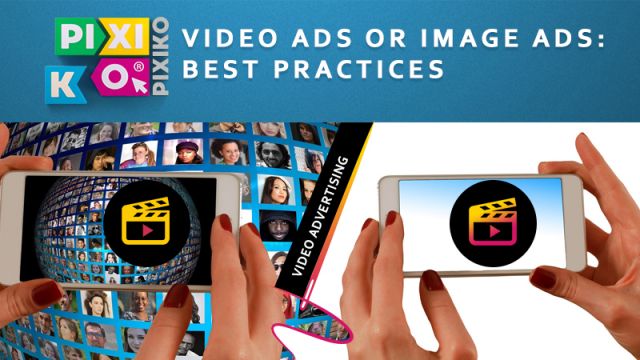Most useful aspect ratios for videos
This text emphasizes the need to choose the correct video aspect ratio—16:9 for widescreen, 1:1 for social media, 9:16 for mobile screens, and 4:3 for traditional content—based on the type of content, platform, and audience preferences. It also recommends Pixiko, a video editing tool for resizing and cropping to fit various platforms.
Understanding the correct aspect ratios for video content can make a significant difference in how impactful your media is perceived. The format you choose essentially depends on the nature of the content, the projection platform, and the myriad of devices on which the content will be viewed. Here are some of the most practical aspect ratios that creators often use:
- 16:9 (Widescreen): Widely recognized as the international standard for the aspect ratio in digital video and television, 16:9 is an excellent format for wide-angle views encountered in films or scenic video content. Perfect for displaying your content via YouTube, Vimeo, or modern television broadcasts, this ratio provides the audience with an immersive, cinematic experience.
- 1:1 (Square): Square videos, or those with a 1:1 aspect ratio, have been especially popular among mobile users and social media platforms. Because square videos take up more screen real estate on social media feeds, they naturally draw more viewer attention and engagement. They are ideal for succinct promotional videos, product showcases, or highlights used on platforms like Instagram.
- 9:16 (Vertical or Portrait): With the climb in smartphone usage, portrait mode videos, or those with a 9:16 aspect ratio, have gained widespread acceptance. Tailored for viewing on mobile devices, this format is leveraged by platforms such as Snapchat, Instagram Stories, IGTV, and TikTok, empowering full-screen mobile viewing.
- 4:3 (Classic Standard): Although not as frequently used now, the 4:3 aspect ratio was once the reigning standard in the television industry. Yet, it isn't entirely outmoded—it remains a practical choice for academic content, instructional videos, or platforms that still accommodate this ratio.
The underlying principle is to choose a video aspect ratio that aligns with your intended platform's standards and your audience's expectations and viewing preferences. An atypical video format might seem cumbersome or appear amateur to viewers, possibly resulting in lower viewer retention.
Video editing and formatting can be greatly simplified using tools like Pixiko—an online video processing tool which allows easy resizing, cropping, text overlay, and effects application. Pixiko's user-friendly interface makes it a breeze to alter the aspect ratios fitting for different platforms or devices. Its utility is vast, assisting amateur video editors to experienced creatives looking to optimize their production workflow.





